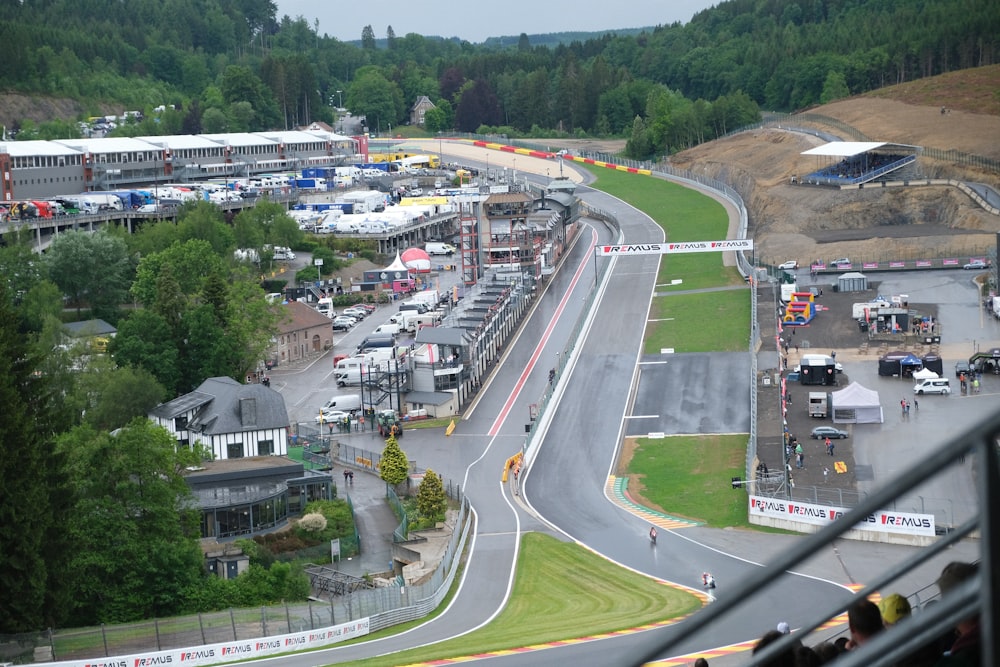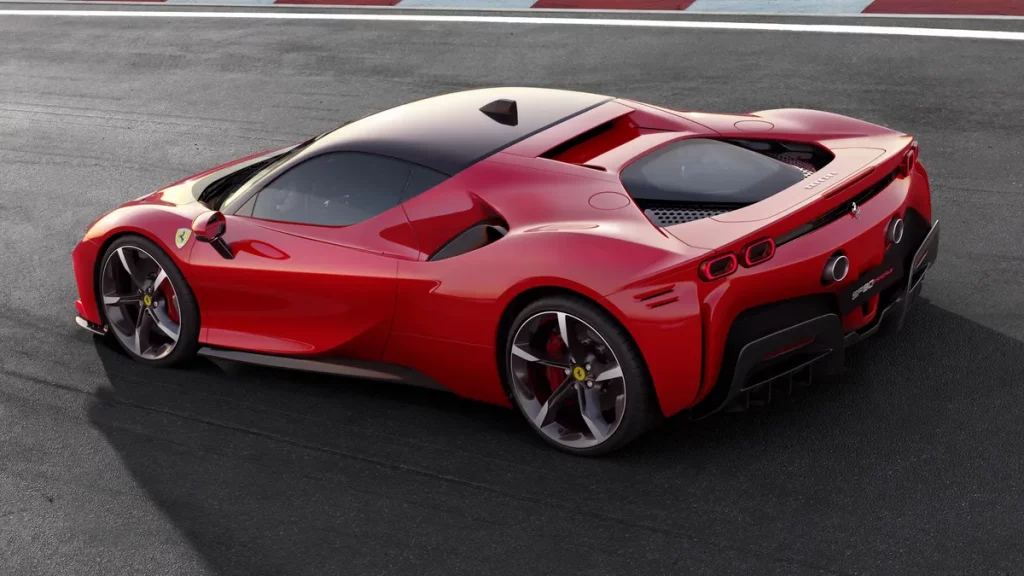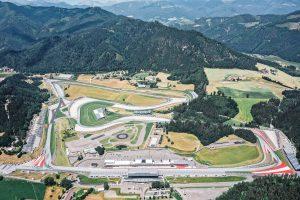Image Source: Unsplash
The Circuit de Spa-Francorchamps, nestled in the heart of the Ardennes forest in Belgium, is one of the most iconic and beloved race circuits in the world. With a rich history dating back to the 1920s, Spa-Francorchamps has become a staple of the Formula 1 calendar and a favorite among drivers and spectators alike. In this comprehensive overview, we’ll delve into the fascinating history, layout, and unique characteristics of this legendary circuit, as well as the famous races and drivers who have mastered its challenging bends.
A Brief History of Spa-Francorchamps
Motor racing gained popularity in Belgium after World War I, and the Ardennes region soon became a hub for exciting races. The town of Spa-Francorchamps, known for its healing waters, caught the attention of track designers Jules de Thier and Henri Langlois van Ophem, who used public roads to create a challenging 14.9 km circuit in 1921. However, the first race wasn’t held until 1922, after an initial attempt in 1921 garnered only one entry.
Over the years, the circuit underwent several modifications to improve safety and keep up with the ever-evolving world of motorsports. The extensive redesign in the late 1970s resulted in the creation of the current 7.004 km course, which now hosts a full calendar of events, including the prestigious Belgian Grand Prix, the 24 Hours of Spa, and rounds of the International GT Open, World Rallycross, and FIA World Endurance Championship.
The Circuit Layout: A Blend of High Speed and Technical Challenges
Spa-Francorchamps is a drivers’ favorite, thanks to its combination of long straights and fast, sweeping corners. The track’s 20 turns and 7 km length make it the longest on the current Formula 1 calendar. The unpredictable weather in the region adds another layer of excitement, as grip levels can vary from one corner to the next.
La Source
The first corner at Spa-Francorchamps is a tight hairpin named La Source. Drivers must navigate a challenging downhill approach and brake hard before turning into this second-gear corner. A strong exit is crucial, as it sets up the car for the high-speed run through Eau Rouge and onto the Kemmel Straight.
Eau Rouge and Raidillon
Eau Rouge, the most famous sequence of corners in motorsports, is a breathtaking left-right-left combination that sees drivers plunge downhill before climbing steeply uphill through Raidillon. The high-speed nature of this section demands precision and bravery, as drivers must commit to a smooth line and carry as much speed as possible.
Les Combes
After the Kemmel Straight comes Les Combes, a medium-speed right-left-right section that requires a balanced approach. Drivers must compromise their entry to maximize their exit speed onto the following straight.
Bruxelles and Turn 11 (No Name)
Bruxelles, formerly known as Rivage, is a downhill, 180-degree corner that demands patience and a late apex. Turn 11, a medium-speed left-hander, follows shortly after and is crucial for carrying momentum onto the following straight.
Pouhon
Pouhon, also known as Double Gauche, is a high-speed, double-apex left-hander that challenges drivers with its downhill approach and rapid change of direction. Carrying speed through this section is essential for a fast lap time.
Fagnes
The Fagnes complex is a medium-speed right-left combination that requires a precise entry and a smooth transition between the corners. The focus here is on maintaining momentum and setting up for the following straight.
Campus (Stavelot)
Campus, previously called Stavelot, is a two-part corner where drivers must prioritize the second part to ensure a strong exit onto the long straight that follows. This section rewards those who can carry speed without compromising their line.
Blanchimont
Blanchimont is a high-speed left-hander that tests drivers’ nerves and commitment. With limited run-off area and high cornering speeds, any mistake here can result in a significant accident.
Chicane
The final corners at Spa-Francorchamps consist of a tight right-left chicane that slows the cars down before they complete a lap. Drivers must compromise their entry to maximize exit speed onto the start-finish straight.
The Belgian Grand Prix: A Showcase of Skill and Strategy
The Belgian Grand Prix has been a fixture on the Formula 1 calendar since the championship’s inception in 1950. The race has been won by some of the sport’s greatest drivers, including Juan Manuel Fangio, Ayrton Senna, and Michael Schumacher. The unpredictable weather at Spa-Francorchamps often plays a significant role in the race outcome, leading to thrilling battles, daring overtakes, and strategic masterstrokes.
Famous Races and Drivers at Spa-Francorchamps
Several memorable races and iconic drivers have graced the Circuit de Spa-Francorchamps over the years. Some standout moments include:
- Michael Schumacher’s debut and first win in 1992, marking the beginning of his illustrious career
- Ayrton Senna’s six victories at Spa, showcasing his masterful skill and bravery on this challenging circuit
- The 1998 Belgian Grand Prix, featuring a massive 13-car pile-up and Damon Hill’s maiden win for Jordan
- Mika Hakkinen’s daring overtaking move on Michael Schumacher during the 2000 Belgian Grand Prix, setting the stage for an intense rivalry between the two drivers
The Circuit de Spa-Francorchamps Experience: A Must-Visit for Racing Fans
Attending a race at Spa-Francorchamps is a bucket-list experience for any motorsports enthusiast. With its spectacular setting in the Ardennes forest, the circuit offers stunning vistas and an unforgettable atmosphere. Fans can choose from a variety of grandstands and viewing areas, such as the iconic Eau Rouge corner or the lively Pouhon section, to immerse themselves in the action.
In Conclusion
The Circuit de Spa-Francorchamps is a true gem in the world of motorsports, boasting a rich history, challenging layout, and an electric atmosphere that continues to captivate drivers and fans alike. From the legendary Eau Rouge and Raidillon corners to the thrilling battles of the Belgian Grand Prix, this iconic circuit remains a must-visit destination for any racing enthusiast.


